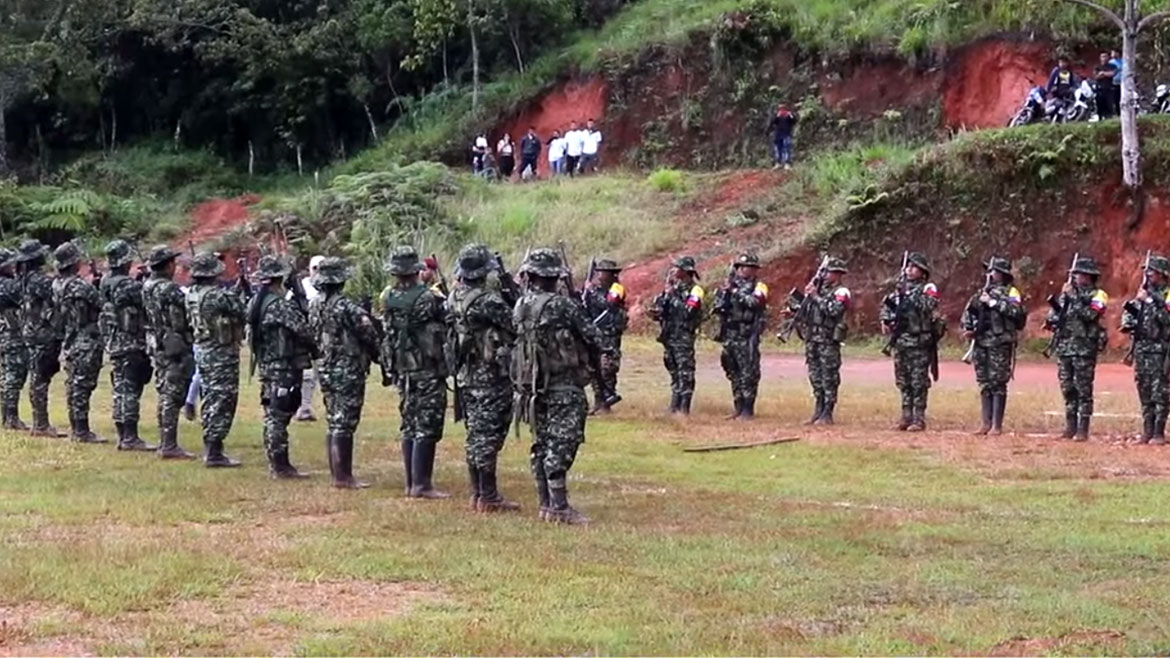Think tank Indepaz registered 80 possible violations of a ceasefire between Colombia’s armed forces and illegal armed groups that was declared on January 1.
According to Indepaz, possible ceasefire violations dropped from 34 in January to 22 in March, mainly because of a drop in armed conflict between the military and illegal armed groups.
The majority of the possible violations were acts of aggression against the civilian population, according to the think tank.
Ceasefire violations
The vast majority of possible violations were registered in the southwestern Cauca and Nariño provinces and the northwestern Antioquia province.
These three provinces also registered the highest levels of conflict-related violence before President Gustavo Petro ordered the military to uphold a ceasefire.
Intensity of violence
Groups involved in possible violations
In its quarterly report, Indepaz reported on acts of aggression allegedly committed by the military and six illegal armed groups.
The report did not count acts of violence allegedly committed by guerrilla group ELN, which rejected the bilateral ceasefire in January.
Illegal armed groups
The General Central Command (EMC) was involved in most of the possible ceasefire violations between January and March.
The group led by “Ivan Mordisco,” a former commander of the now-defunct guerrilla organization FARC was involved in 63 of the 80 possible violations.
The EMC’s main rivals, FARC dissident group Segunda Marquetalia and paramilitary organization AGC, were involved in 14 possible violations.
The security forces were involved in four alleged violations.
The future of the ceasefire
An EMC spokeswoman said earlier this month that the FARC dissidents had agreed to a formal commission to monitor and verify possible ceasefire violations.
This commission would take force ahead of formal peace talks between the FARC dissidents and the government that would begin in May.
The government ended the ceasefire with the AGC in March over allegations that the paramilitaries were involved in violent miner protests in Antioquia.
The Petro administration has yet to confirm the peace talks with the EMC and report on possible progress in preliminary talks with the other illegal armed groups.


